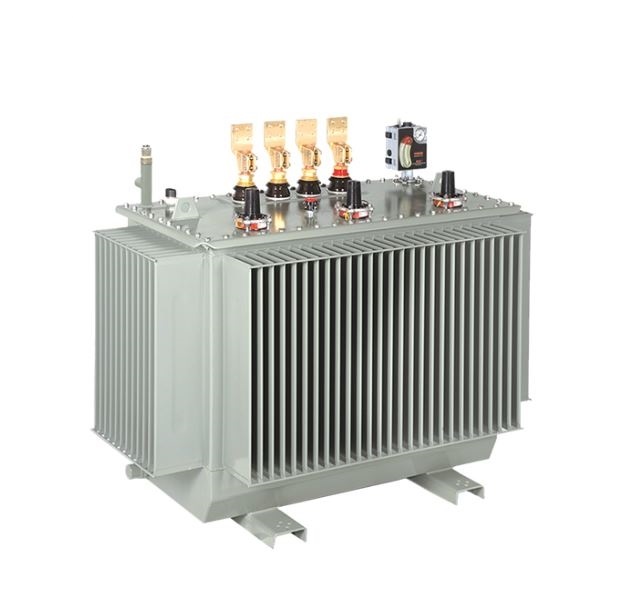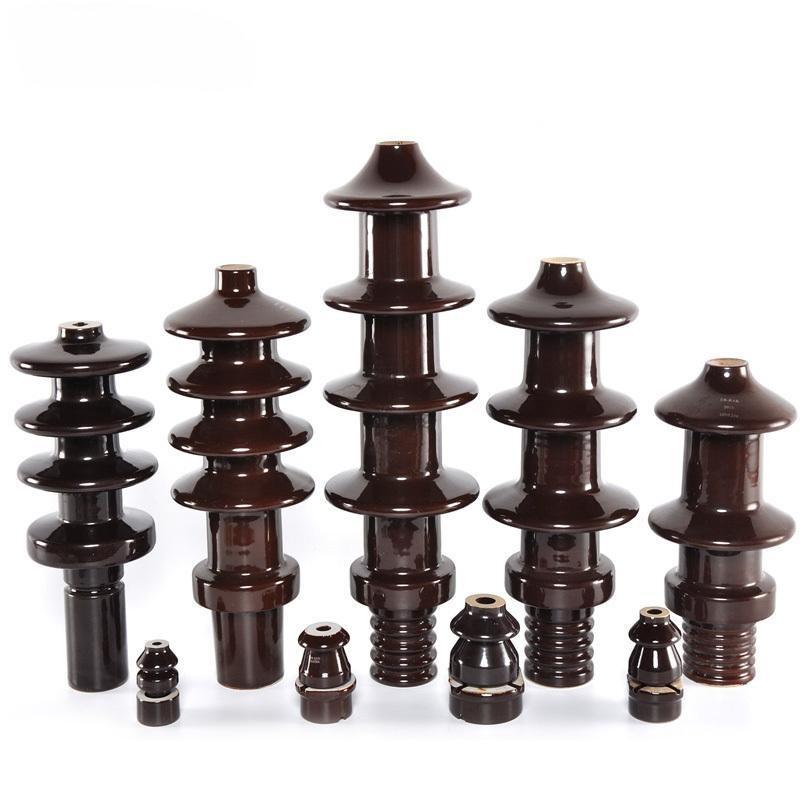Uncategorized
Product Introduction: Working Principle of Transformer Bushings
I. Introduction of Transformer Bushings
In power transformers transformer bushings are crucial components, playing a key role in protecting and maintaining the transformer. This article will provide a detailed overview of the working principles of transformer bushings, covering different types and applications, manufacturing processes, and crucial questions for international buyers.

II. Types and Applications of Transformer Bushings
1. Oil-Immersed Bushings
- Working Principle: Oil-immersed bushings protect internal components by filling the bushing with insulating oil.
- Applications: Mainly used in large power transformers, offering excellent insulation performance.
2. Dry-Type Bushings
- Working Principle: Dry-type bushings employ an oil-free insulation system, suitable for environmentally sensitive applications.
- Applications: Common in urban distribution transformers and applications with specific environmental requirements.
III. Applications of Different Products
1. Epoxy Resin Bushings
- Application Areas: Epoxy resin bushings are suitable for high-temperature and high-humidity environments, commonly found in mining and chemical industries.
2. Porcelain Bushings
- Application Scenarios: Porcelain bushings are used outdoors and in high-voltage environments, providing excellent electrical performance and mechanical strength.

IV. Manufacturing Processes of Transformer Bushings
1. Injection Molding Process
- Process Advantages: Injection molding ensures precise dimensions and consistency, enhancing product performance and reliability.
2. Material Selection
- Key Considerations: Choosing the right materials enhances bushing to withstand voltage and pollution flashover resistance.
V. Key Questions for International Procurement
1. Quality Standards
- Questions to Ask: Buyers should inquire whether the bushings meet international quality standards such as IEC, ANSI, etc.
2. Customization Capability
- Suggested Inquiry: Understand if the supplier can provide customized bushings based on customer requirements to meet special specifications.
3. Delivery Time
- Critical Factor: Buyers should ask about the supplier’s delivery time to ensure it aligns with project schedule requirements.
VI. FAQ Tips
1. What are the maintenance methods for Transformer Bushings?
- Advice: Regularly check the oil quality for oil-immersed bushings and insulation performance for dry-type bushings to ensure long-term reliable operation.
2. How does environmental temperature affect Transformer Bushings?
- Answer: High temperatures may impact insulation performance. Choosing appropriate materials and processes adapts bushings to different temperature conditions.
By gaining in-depth knowledge of the working principles of transformer bushings, you can better select products that meet project requirements, ensuring the safety and stability of the power system. If you have any further questions about transformer bushings or require more customized services, feel free to contact us.
VII. Environmental Impact Considerations
1. Environmental Sustainability
- Environmental Compliance: In response to global sustainability concerns, inquire about the environmental impact of the manufacturing process and whether the materials used are eco-friendly.
2. Recyclability
- Sustainable Practices: Understanding the recyclability of the materials used in the bushings contributes to environmentally conscious procurement decisions.
VIII. Safety Features
1. Overcurrent Protection
- Safety Measures: Explore if the transformer bushings have built-in overcurrent protection mechanisms, enhancing the safety of the overall electrical system.
2. Arc Resistance
- Critical Safety Aspect: Evaluate the arc resistance properties of the bushings, crucial in preventing electrical arcing and ensuring a secure operating environment.
IX. Technological Advancements
1. Smart Bushing Technology
- Innovation Highlights: Stay informed about advancements in smart bushing technology, enabling real-time monitoring and data-driven insights into the transformer’s performance.
2. Sensor Integration
- Monitoring Capabilities: Check if the bushings are equipped with sensors for temperature, pressure, and other parameters, facilitating proactive maintenance and minimizing downtime.
X. Conclusion
Understanding the intricate details of transformer bushings, from their working principles to application specifics and international procurement considerations, is essential for making informed decisions. Whether it’s selecting the right type for a specific environment or ensuring compliance with global quality standards, our comprehensive guide aims to empower buyers in the transformer industry.
If you have further inquiries or need assistance in navigating the diverse landscape of transformer bushings, our team is ready to provide tailored solutions. Transform your procurement experience with reliable, innovative, and high-performance transformer bushings. Contact us for any additional information or to discuss your specific requirements.

